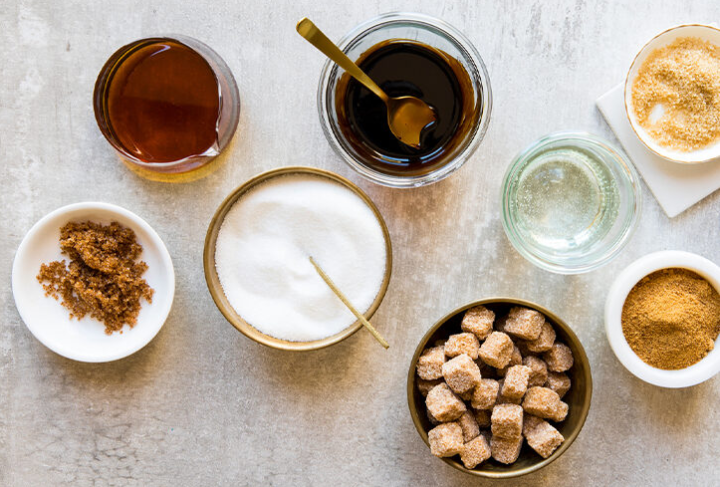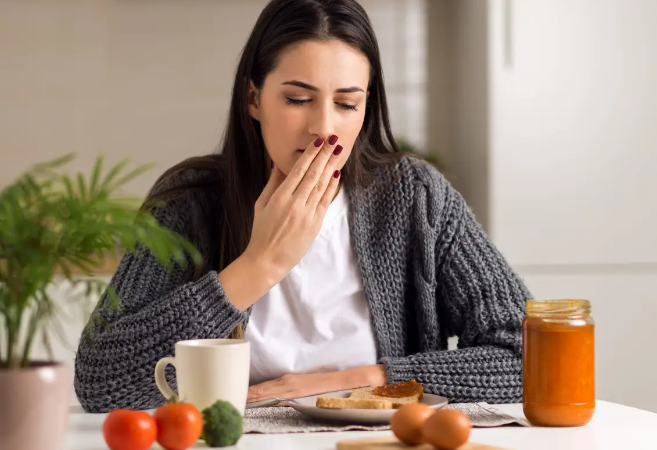Building healthy bones is very important. Bones perform many roles in the body such as providing structure, protecting organs, anchoring muscles and storing calcium. Maintaining strong bones as you age can reduce the risk of osteoporosis and related complications, such as vertebral compression fractures with spinal pain. During childhood, adolescence, and early adulthood, minerals form in your bones. By age 30, your bone mass has reached its peak. If you don’t build enough bone mass during this time, or if you experience bone loss later in life, your risk of developing brittle bones increases. Here are 10 natural ways that will guide you on how to improve your bone health.
1. Go for a walk or jog
The pace and frequency of walking or jogging is up to you. Your doctor or certified personal trainer can help you decide what is appropriate. 3 to 4 times a week for 20 to 30 minutes is usually recommended.
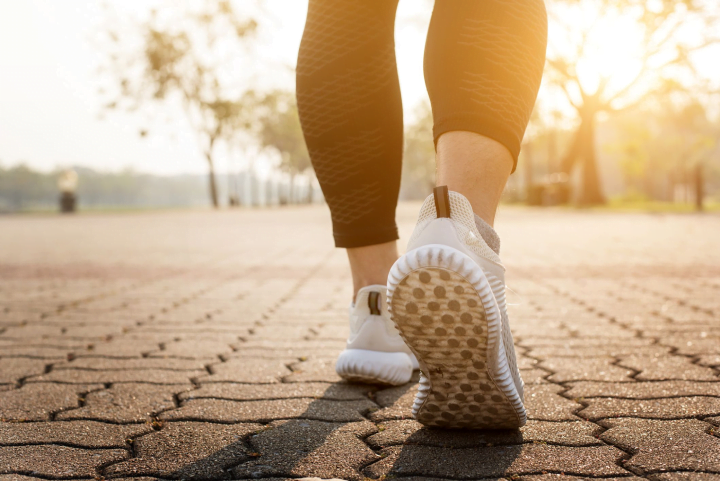
2. Climb stairs, do bench press, or jumping exercises
The intensity of these activities may be more as compared to walking or jogging. They’re great for strengthening bones and doing vigorous cardio.
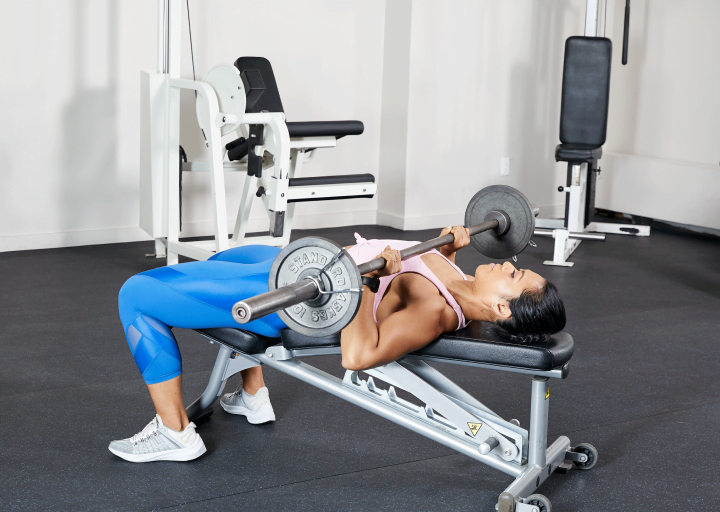
3. Do resistance or strength training
Lifting weights, pushing and pulling (or resistance bands) 2 to 3 times a week is good for your bones and promotes overall health.
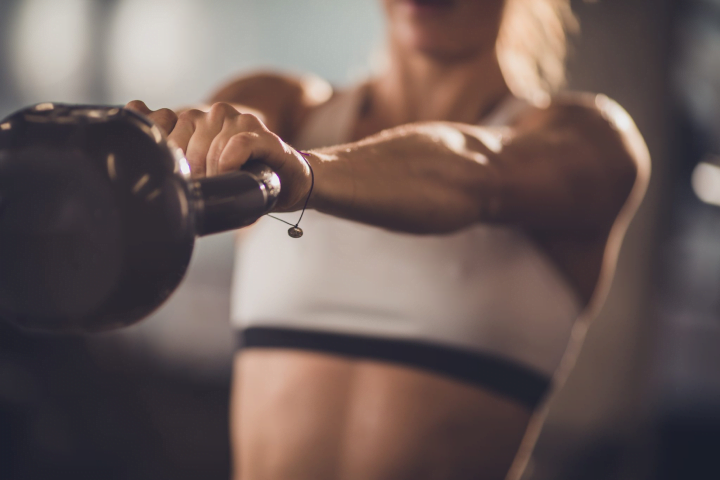
4. Stop smoking
Smoking may be a major risk factor for bone loss. Not only that, but smokers have worse balance than non-smokers, increasing the likelihood of falls and fractures.

5. Avoid drinking too much alcohol
Heavy drinking can impair the body’s ability to absorb and regulate calcium, vitamin D, and hormones. Besides, it may also increase your risk of bone density loss and fractures.

6. Eat fortified oatmeal for breakfast
One packet of unsweetened instant oatmeal contains more than 100 mg of calcium, which is about 10% of the daily recommended amount. Choose one that has added nutrients but no added sugar. Mix whole milk, almond milk, or yogurt with oatmeal for extra calcium.
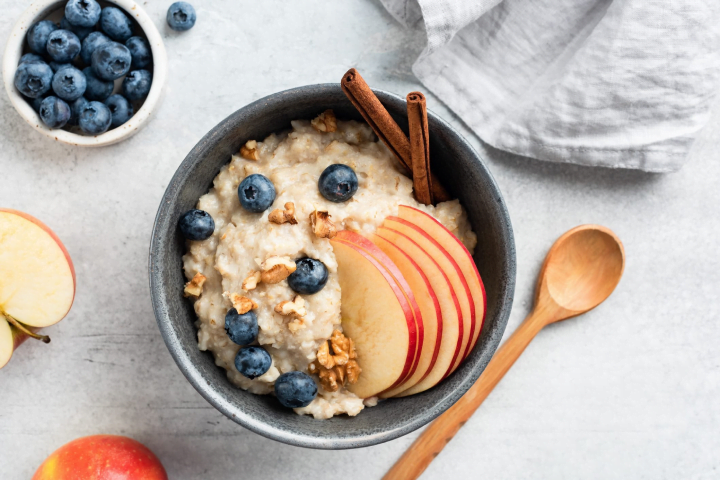
7. Try canned seafood
Canned sardines, shrimp, and salmon are rich in calcium and high in protein. Salmon is also a great source of omega-3 fatty acids.
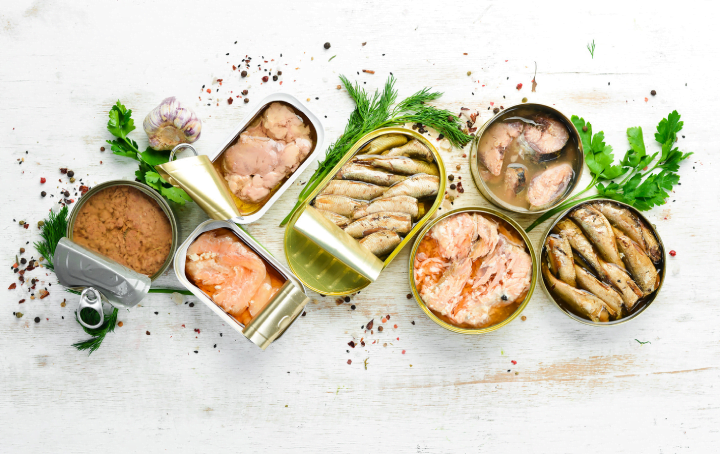
8. Eat more nuts, beans, and green leafy vegetables
Almonds, walnuts, and pistachios are all high in calcium. Put a few handfuls in a small plastic bag and keep them nearby for nibbling. Traditional baked beans and kidney beans also contain high amounts of calcium. Serve alone or add to low-sodium soups. Moreover, green leafy vegetables are also high in calcium. Kale, collard greens, and bok choy are good choices.
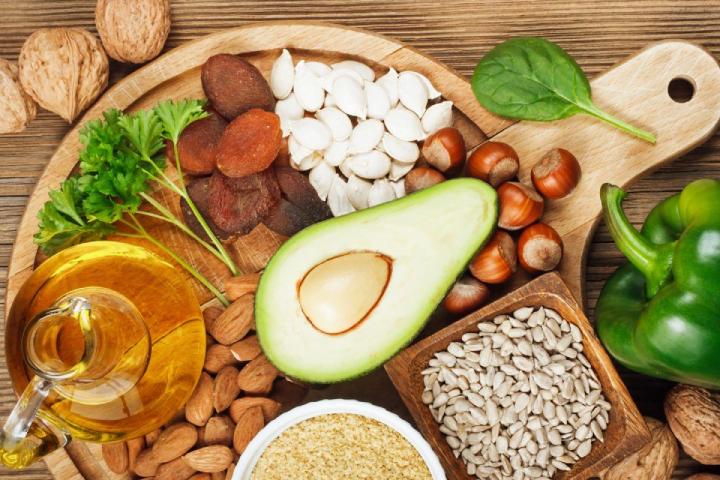
9. Consider calcium supplements
If diet alone doesn’t help you get the recommended daily amount of calcium, talk to your doctor or pharmacist about adding an over-the-counter calcium supplement to your routine.
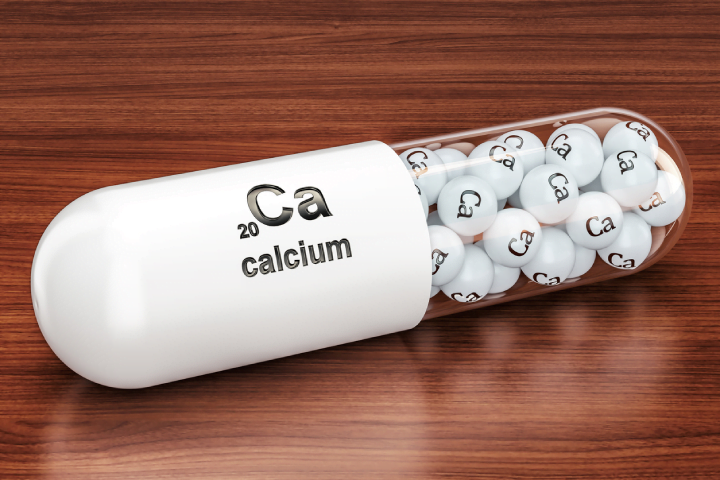
10. Eat vitamin D-rich cereals, eggs, and oily fish such as salmon
These food choices are all ways to get the recommended amount of vitamin D, which is 600 International Units (IU) per day (or 800 IU for those 70 and older).
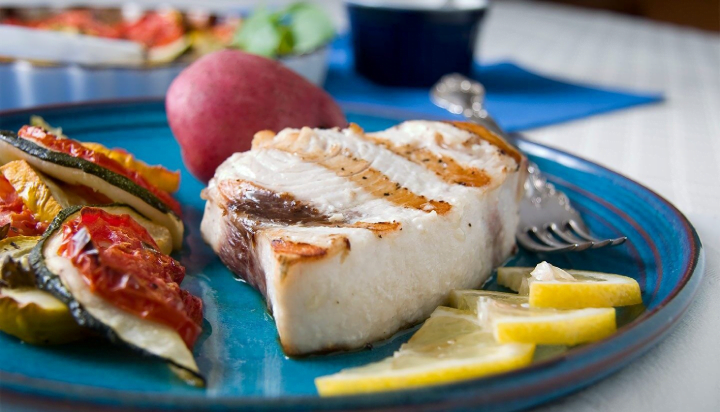
11. Get at least 5 to 10 minutes of sunlight a day
Spending a little time in the sun can help your body absorb vitamin D naturally.

Bone health is important at all stages of life. However, people take having strong bones for granted because symptoms often don’t appear until after bone loss has progressed. Luckily, there are many dietary and lifestyle choices that can help build and maintain strong bones. It’s never too early to start. So, get going and follow the above steps to keep your bones healthy.



